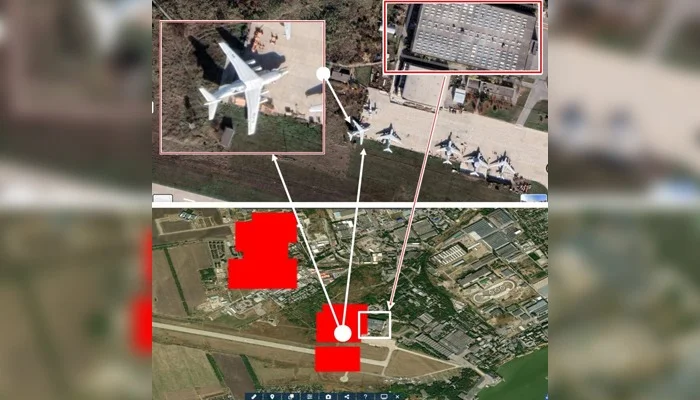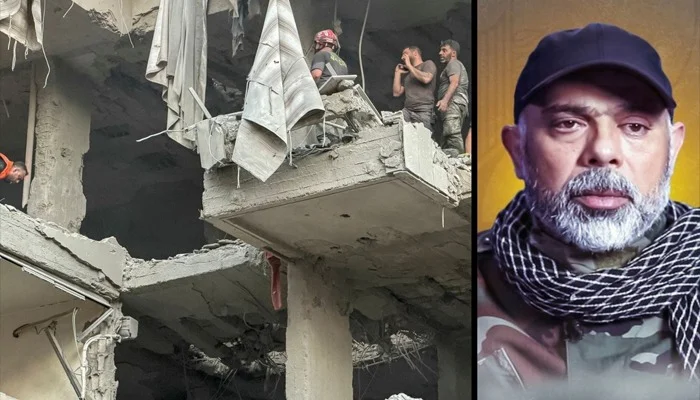The crash of India’s indigenously built Tejas fighter jet during an aerial display at the Dubai Airshow on Friday has once again cast a spotlight on the Indian Air Force’s (IAF) troubled safety record. The incident, which claimed the life of the pilot, was particularly significant: it marked the second crash involving the Tejas, India’s flagship indigenous fighter platform, in just over a year.
For the IAF, however, the tragedy is part of a larger pattern—one that has seen multiple combat aircraft lost, and several lives claimed, across a succession of crashes over the past five years.
A Catalogue of Losses: 2020–2025:
2020 – MiG-29K (February 23, Goa):
A MiG-29K, on a routine training sortie, plunged into the sea off Goa. The aircraft, operated by the Navy but widely used in training cooperation with the IAF, went down after a technical malfunction, according to the Indian Navy.
2021 – MiG-21 Bison (March 17, Central India):
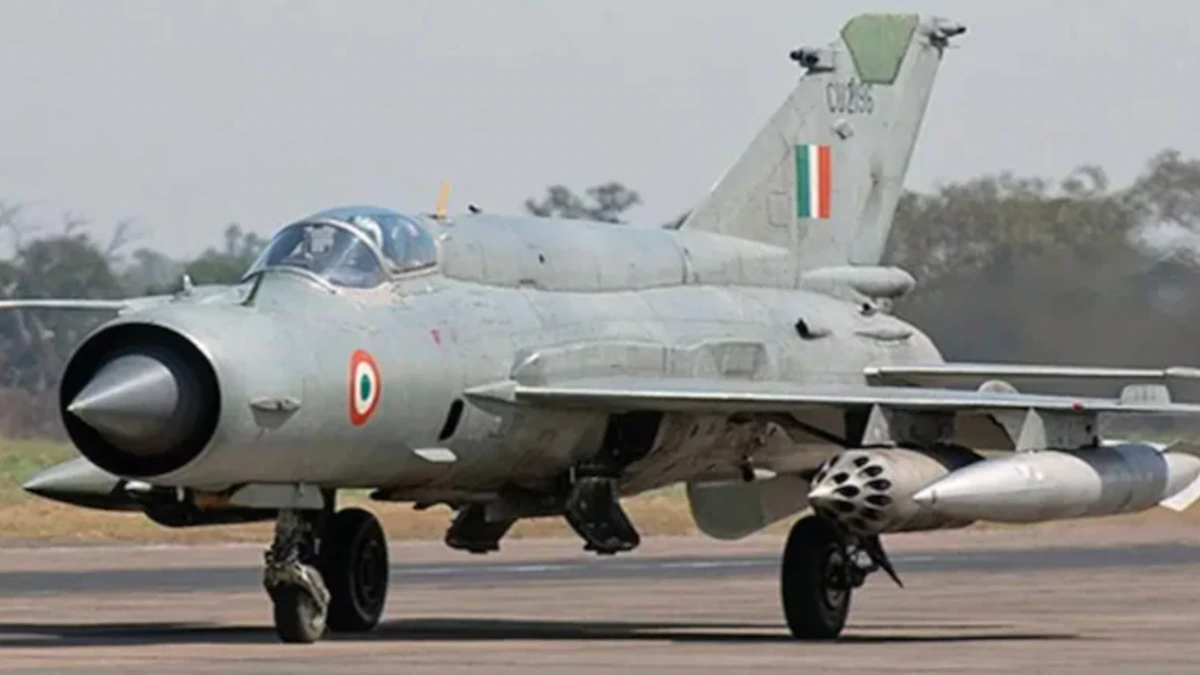
Group Captain A. Gupta was killed when his MiG-21 Bison crashed shortly after take-off during a combat training mission. A court of inquiry was established, but the incident reignited long-standing public concerns about India’s aging MiG-21 fleet, often dubbed “flying coffins” due to their long accident history.
2022 – MiG-21 Bison (July 29, Rajasthan):

Two more pilots—Wing Commander M. Rana and Flight Lieutenant Adivitiya Bal—lost their lives when another MiG-21 Bison crashed during a training sortie. The aircraft went down in a village in Rajasthan, once again underscoring the risks associated with operating decades-old Soviet-era jets.
2023 – Su-30 & Mirage 2000 Collision (January 29, Near Gwalior):
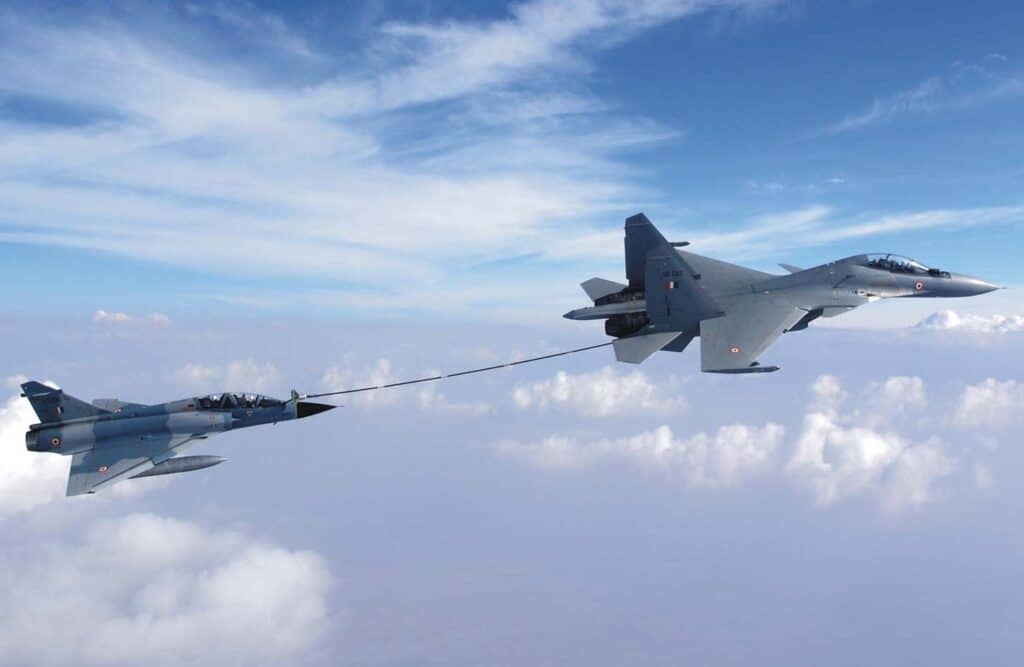
A mid-air collision during training exercises proved fatal when a Sukhoi Su-30 and a Mirage 2000 crashed. The Mirage pilot died, while the two Su-30 pilots ejected with injuries. The incident raised questions about coordination and safety protocols during complex air combat training.
Two Major Crashes (March 12 , 2024 – HAL Tejas, Rajasthan):

The first crash involving the domestically produced Tejas fighter occurred during a sortie in Rajasthan. The pilot ejected safely, but the incident triggered concern about India’s ambitious indigenous aircraft program.
MiG-29, Near Agra (November 4):
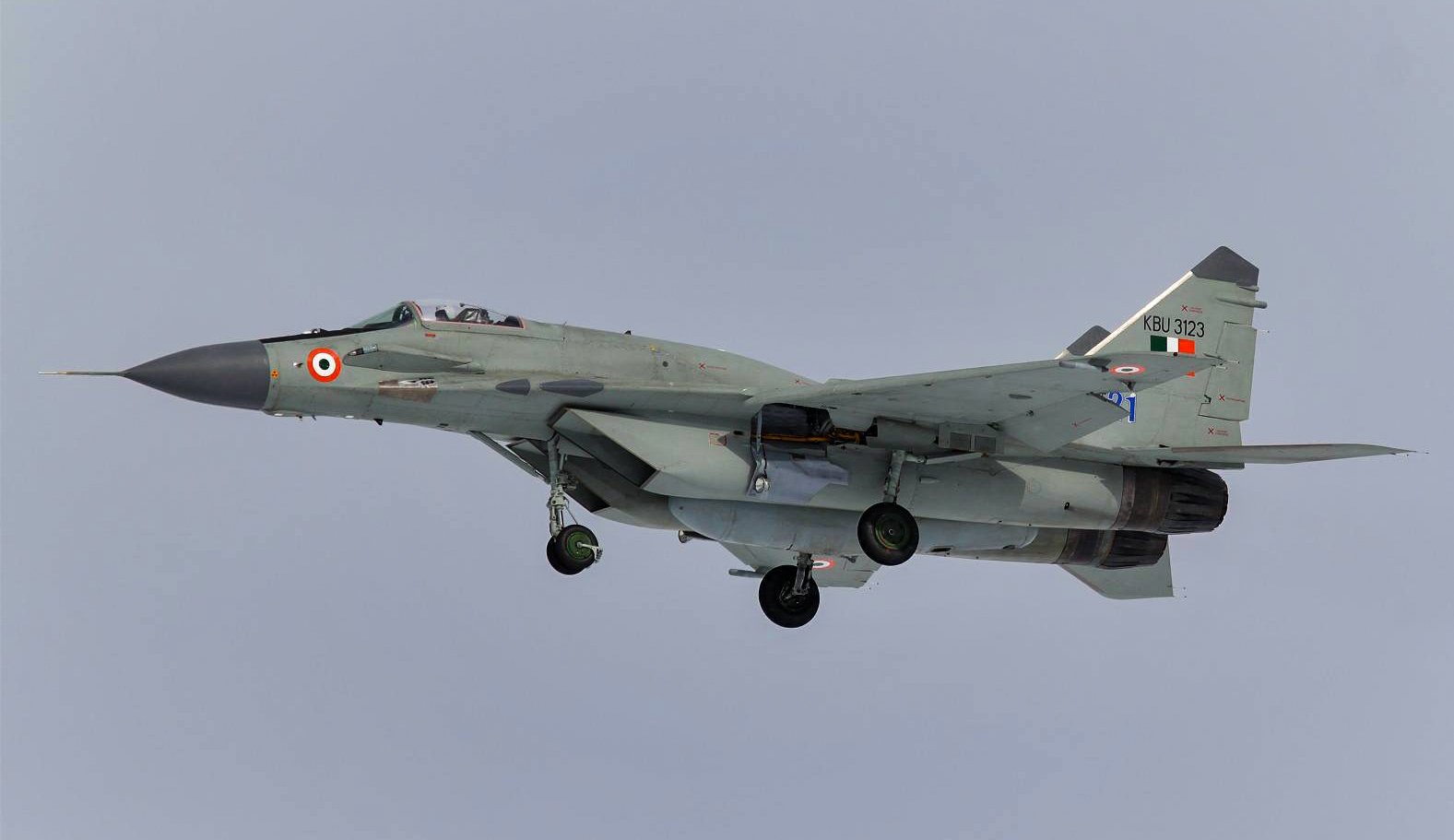
A MiG-29 went down due to what the IAF described as a “system malfunction.” The pilot steered the fighter away from populated areas before ejecting safely. An inquiry was ordered, adding another file to a growing stack of accident investigations.
SEPECAT Jaguar(July 9 2025, Churu, Rajasthan):

Two pilots died when a Jaguar fighter crashed in an agricultural field. The Anglo-French-built deep-strike aircraft has served India for decades, but like many older platforms, it has seen an increasing number of accidents.
The Tejas: India’s Indigenous Hope Meets Harsh Reality:
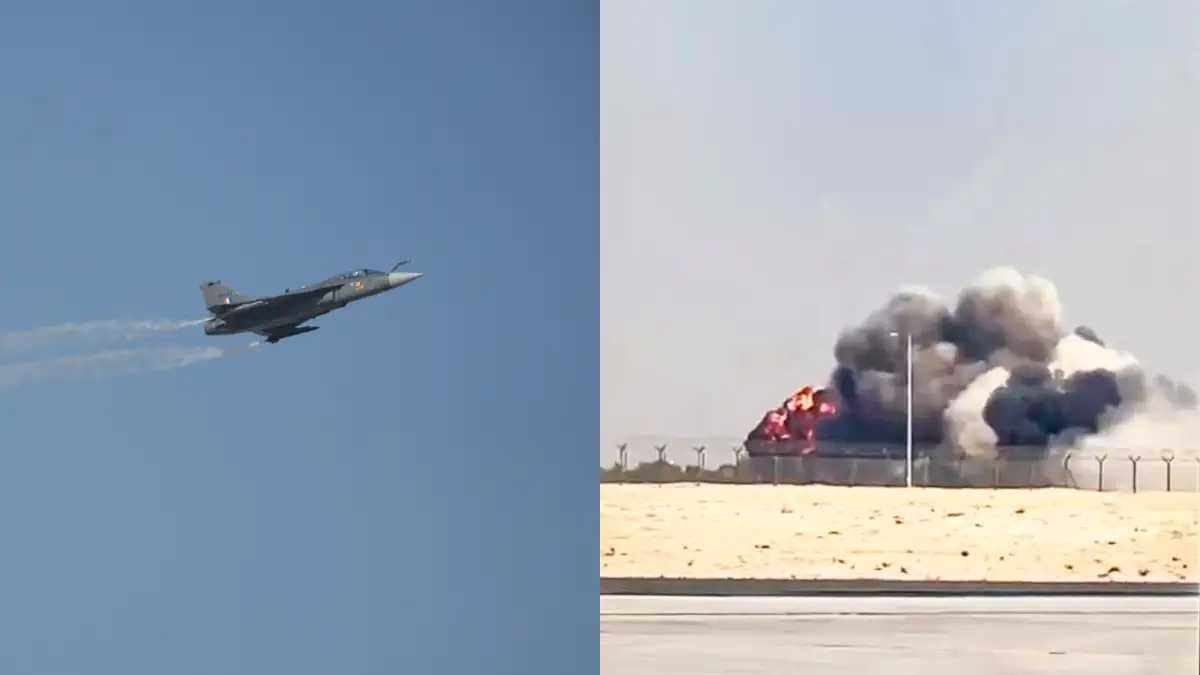
The Tejas project represents India’s grand aspiration for self-reliance in military aviation. First conceptualized in 1983, the aircraft is now one of the most significant symbols of the country’s “Make in India” defense strategy.
Indigenization: Over 50% of its components are domestically manufactured.
Performance: Capable of speeds 1.6–1.8 times the speed of sound at 52,000 feet.
Technology: Equipped with Indian-made radar and advanced avionics.
Operational Capabilities: Can carry 800–900 kg of payload, engage targets at long range, and deploy countermeasures to evade enemy aircraft.
Yet, despite its capabilities, the program has faced delays, cost overruns, and now, multiple crashes.
The Dubai Airshow Tragedy:
The Dubai crash was especially jarring because it occurred during an international demonstration flight—a stage meant to display India’s aviation capabilities to global buyers. Instead, the fatal accident has intensified scrutiny of aircraft safety and system reliability.
A Persistent Pattern — and the Road Ahead:
In the span of five years, India has lost MiG-21s, MiG-29s, Jaguars, Mirages, Sukhois, and now twice, the Tejas. The causes vary—aging airframes, technical malfunctions, mid-air collisions—but the steady drumbeat of crashes highlights deeper structural issues: maintenance challenges, aging fleets, and the immense pressures of training in one of the world’s largest air forces.
Friday’s Tejas crash is not just another tragic entry in the IAF’s accident logs. It is a pivotal moment for India’s indigenous fighter program—one that will likely shape conversations about safety, modernization, and the future of Indian aviation.












